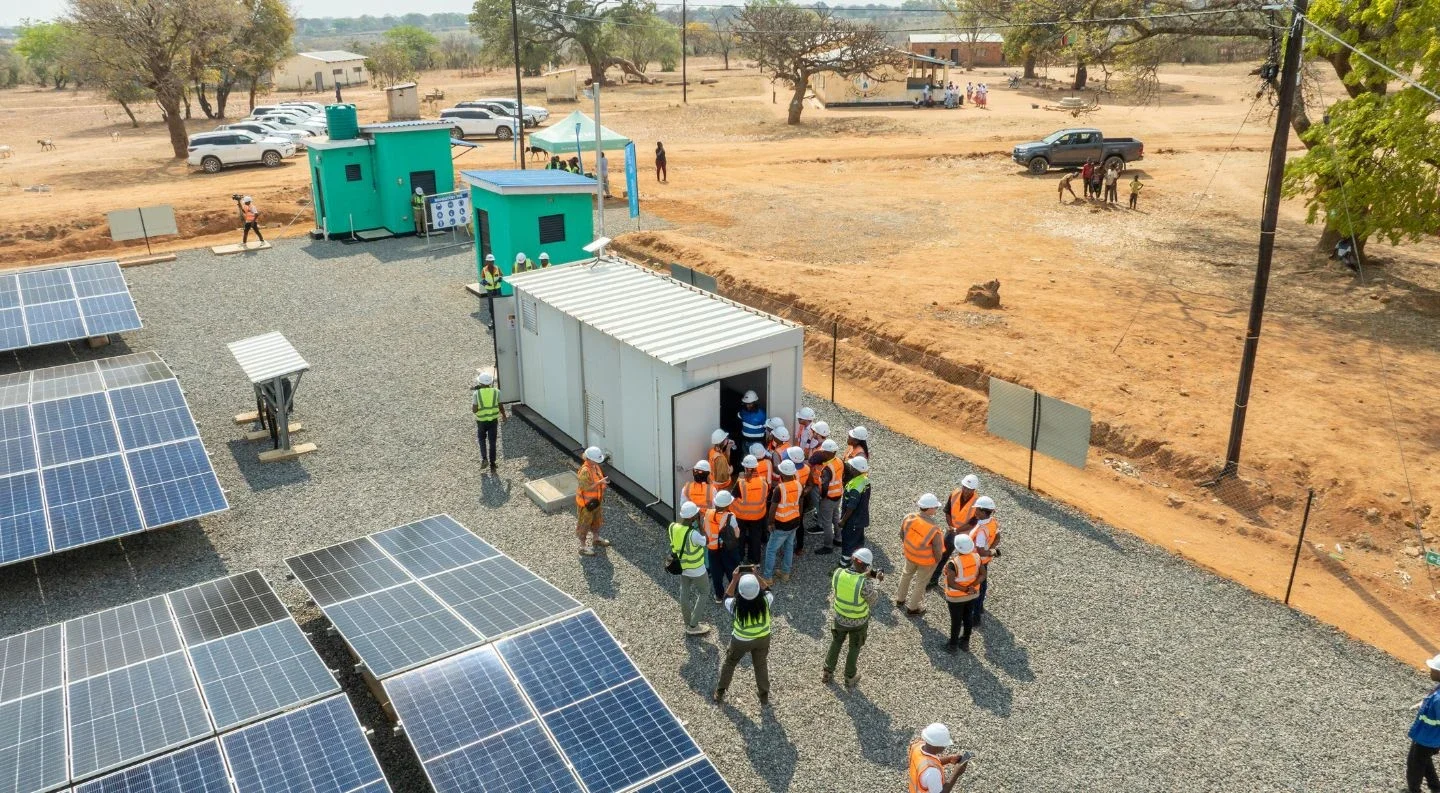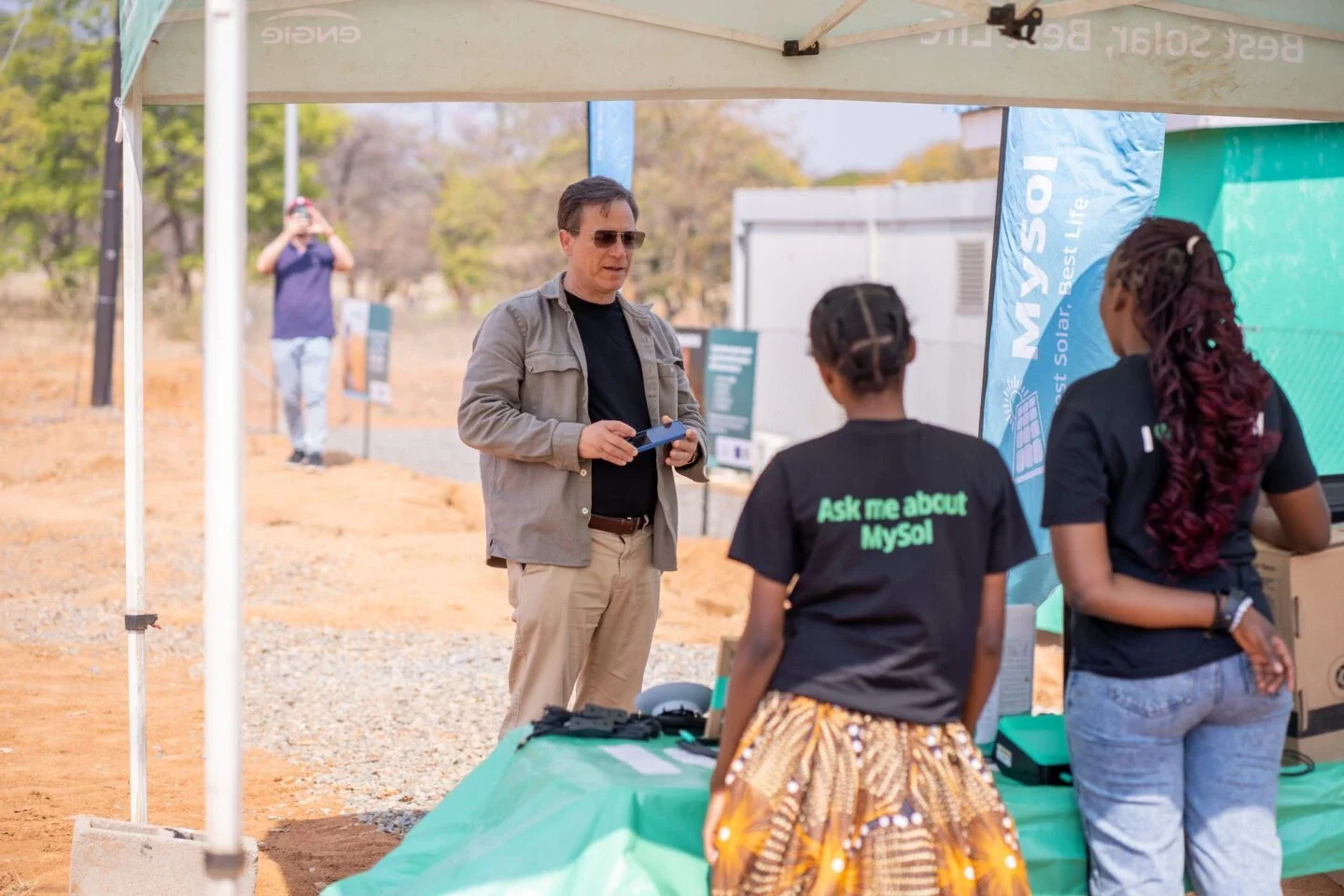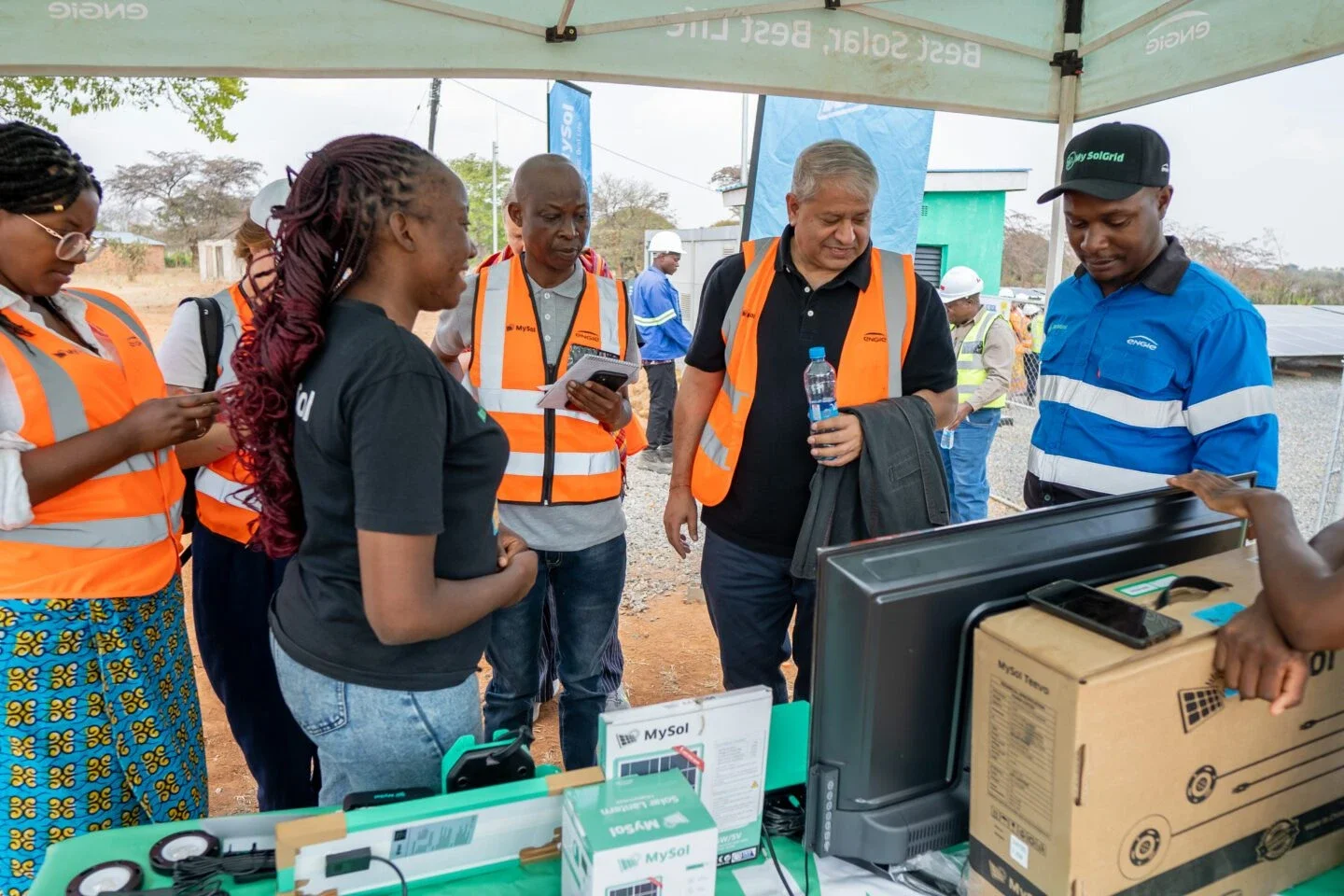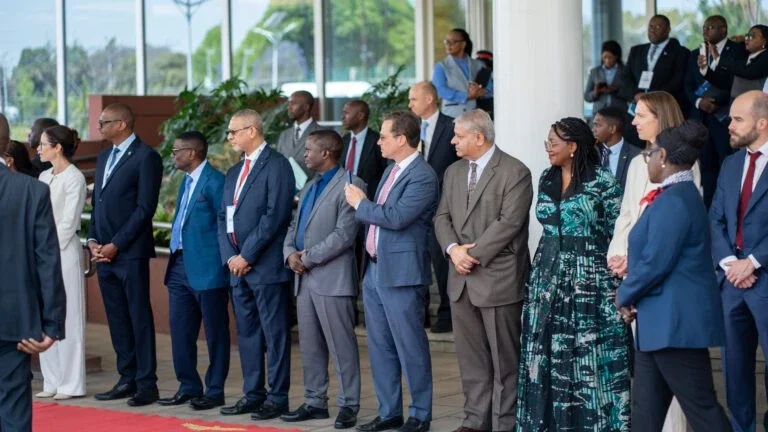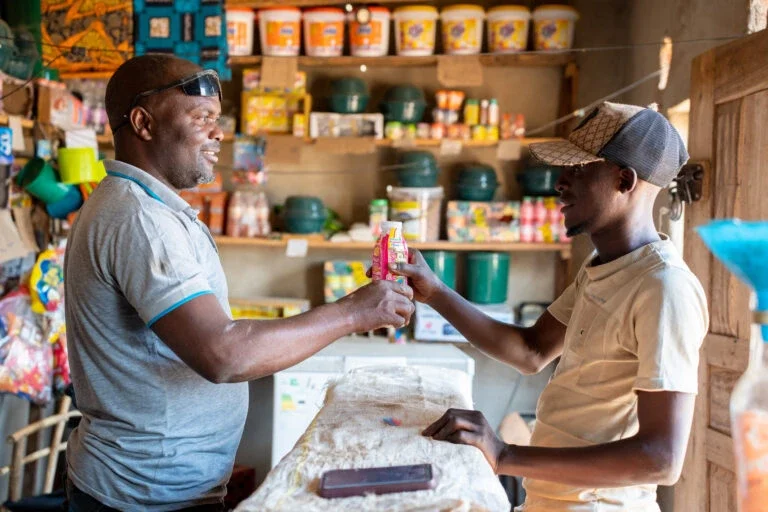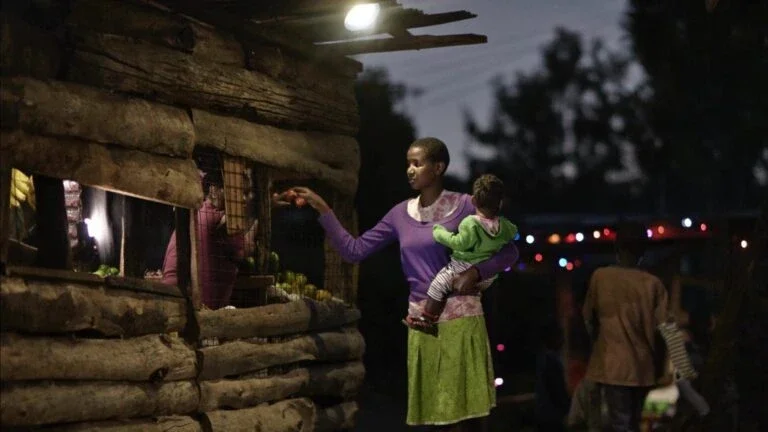Tangible Progress and Transparency
World Bank Group (WBG) connection rates are already 1.5 times faster than just over a year ago, before Mission 300 was launched. The WBG has also mobilized more than $8 billion in concessional financing, and 30 countries are advancing National Energy Compacts.
Now, for the first time, progress is visible in real time. The dashboard brings a new level of transparency and accountability — showing what’s working, where we can go further, and how collective action is turning ambition into opportunity.
As our colleagues at the World Bank note in their recent blog, Mission 300: Building momentum for energy access in Africa, transparency and collaboration are central to sustaining momentum and ensuring progress remains visible for all partners.
This momentum is more than a metric. It signals a shift in mindset — from energy scarcity to the promise of energy abundance. Every connection brings Africa closer to a future where power fuels prosperity, productivity, and dignity.
